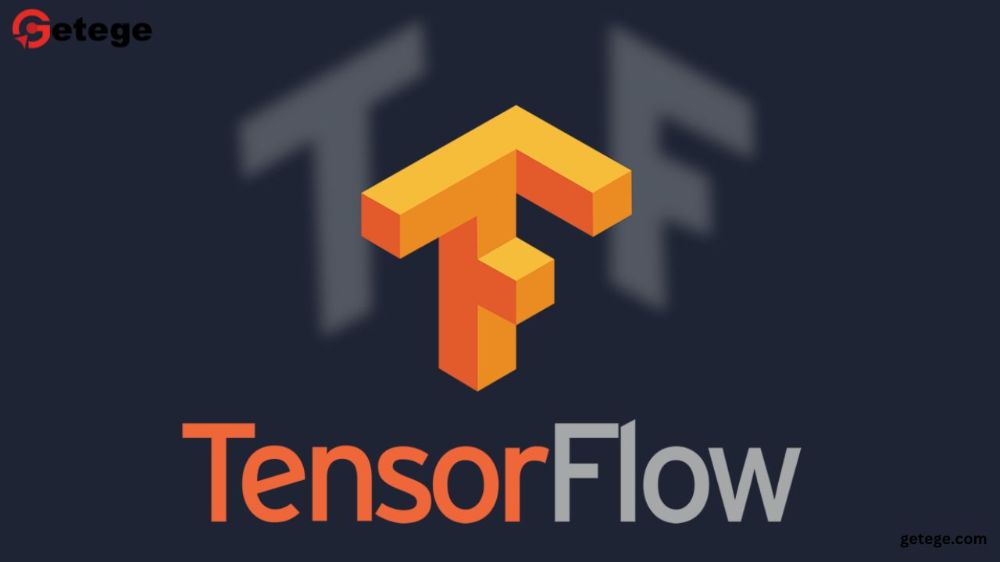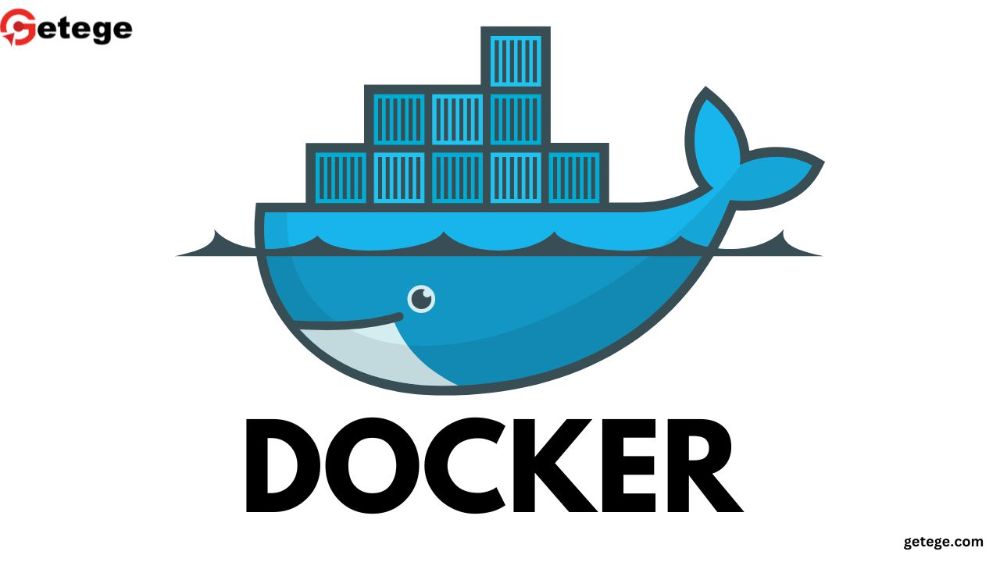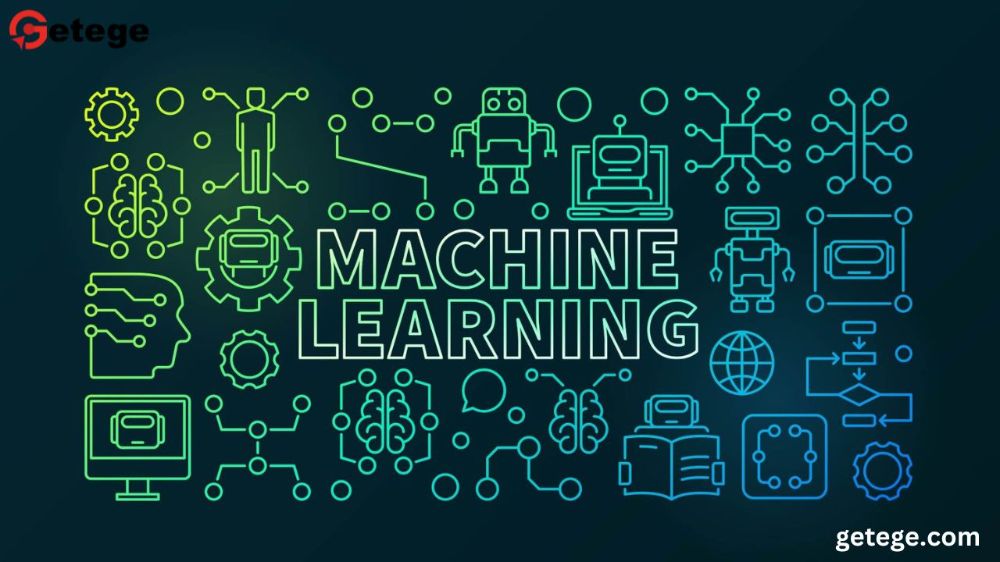TensorFlow Course: A Comprehensive Guide to Mastering Deep Learning
As artificial intelligence (AI) and machine learning (ML) continue to revolutionize industries, the demand for skilled professionals in these fields is surging. Among the most powerful tools available to AI/ML experts is TensorFlow, an open-source framework developed by Google for machine learning and deep learning applications. Whether you're a beginner just starting your journey or an experienced developer looking to enhance your skills, learning TensorFlow is a critical step toward becoming proficient in deep learning.
What is TensorFlow?
TensorFlow is an open-source machine learning library created by Google Brain. It’s widely used for a variety of tasks, including developing neural networks, building machine learning models, and creating AI-driven applications. What makes TensorFlow unique is its ability to handle both research and production workloads efficiently, from small experimental projects to large-scale, complex systems.
It supports multiple platforms, including desktops, servers, mobile devices, and even edge devices like IoT sensors. This flexibility allows developers to create highly scalable models that can run efficiently across different environments.
Importance of TensorFlow in Machine Learning and AI
TensorFlow has become a go-to framework in AI and ML development because of its versatility and robust feature set. Here are some reasons why TensorFlow is crucial in the world of AI:
Cross-Platform Compatibility: TensorFlow’s ability to run on various platforms allows for seamless deployment across different devices and environments.
Efficient Computation: TensorFlow’s optimized computation engine can handle complex mathematical operations, making it ideal for deep learning models like neural networks.
Scalability: It is built to scale, from small projects to large-scale production environments, which is why companies from startups to tech giants like Google, Netflix, and Uber use TensorFlow for their AI needs.
Why Learn TensorFlow?
TensorFlow is essential if you're planning a career in data science, machine learning, or AI. But why exactly should you learn TensorFlow? Let’s explore:
High Demand for AI Experts: With the rise of AI in industries such as healthcare, finance, and technology, there is an increasing demand for AI and ML professionals. TensorFlow skills are highly sought after, making it a valuable asset in the job market.
Broad Industry Applications: TensorFlow is used in various sectors, from image recognition and natural language processing to robotics and healthcare AI applications like medical imaging.
Career Advancement: Learning TensorFlow is a surefire way to boost your career prospects. Whether you're aiming to become a Data Scientist, ML Engineer, or AI Researcher, TensorFlow is a tool you'll want to master.
Prerequisites for a TensorFlow Course
Before embarking on your TensorFlow learning journey, it’s important to have a few foundational skills. Here’s what you’ll need:
Basic Python Knowledge: Since TensorFlow relies heavily on Python, a good understanding of Python programming is essential. You don’t need to be an expert, but familiarity with Python syntax will make things much easier.
Mathematics: Machine learning, especially deep learning, requires a basic understanding of mathematical concepts, particularly linear algebra, calculus, and probability. These concepts underpin how models learn from data.
Machine Learning Fundamentals: If you have some familiarity with concepts like supervised learning, classification, and regression, you’ll have a smoother learning experience.
How TensorFlow Works: A High-Level Overview
TensorFlow operates on the concept of computational graphs. In simple terms, it’s a way to represent and manage the flow of data and mathematical operations (like addition, multiplication, etc.) in machine learning models. Understanding this concept is key to mastering TensorFlow.
The core components of TensorFlow are:
Tensors: Tensors are multidimensional arrays, the data structures that TensorFlow manipulates. These can be numbers, images, or any other form of data fed into a machine learning model.
Graphs: TensorFlow builds computational graphs where nodes represent mathematical operations and edges represent the flow of data (tensors) between these operations.
Sessions: A session is where the magic happens—it’s the environment in which TensorFlow executes the operations defined in the computational graph.
Getting Started with TensorFlow
Starting your journey with TensorFlow can seem daunting at first, but it's easier than it looks. Once you have the library set up in your development environment, you can begin experimenting with its many features.
TensorFlow comes with a rich ecosystem of tools and libraries like TensorFlow Hub (a repository of pre-trained models), TensorFlow Lite (optimized for mobile and IoT devices), and TensorFlow.js (for running models in a browser). These tools make it easier to implement machine learning models and deploy them across different environments.
Core Concepts in TensorFlow
To build a strong foundation in TensorFlow, you’ll need to understand its core concepts. These include:
Variables and Constants: Variables hold the weights and biases of your neural network, while constants remain fixed throughout the computation.
Operations: These are the mathematical functions (like multiplication or addition) that TensorFlow applies to tensors.
Layers: In deep learning, layers are fundamental components where data transformation happens. TensorFlow allows you to create and stack different types of layers (e.g., dense layers, convolutional layers).
Building a Neural Network with TensorFlow
One of the most exciting aspects of TensorFlow is its ability to create powerful neural networks—the backbone of deep learning. Neural networks are used in a wide array of applications, from recognizing handwritten digits to diagnosing diseases from medical images.
Here’s a simple overview of the process:
Define the Architecture: You’ll start by designing your neural network architecture, which involves deciding how many layers and neurons you need for your specific task.
Compile the Model: Next, you’ll choose an optimizer, loss function, and performance metrics to compile your model.
Train the Model: Finally, you’ll feed your data into the model and train it, adjusting the weights and biases to minimize the error and improve predictions.
Exploring TensorFlow APIs
TensorFlow offers both high-level and low-level APIs to suit your project needs:
Keras (High-Level API): For those looking for a simpler way to build machine learning models, Keras is TensorFlow’s high-level API. It’s beginner-friendly and allows you to create models quickly with minimal code.
Low-Level API: If you want more control over how your models are structured, TensorFlow’s low-level API provides the flexibility to manually define operations, layers, and tensors.
Convolutional Neural Networks (CNNs) in TensorFlow
TensorFlow makes it easy to build and train CNNs by providing pre-built layers like convolutional layers and pooling layers. These layers help your model automatically detect and extract important features from images, such as edges, textures, and shapes.
Recurrent Neural Networks (RNNs) and LSTMs in TensorFlow
Recurrent Neural Networks (RNNs) are designed to handle sequential data like time series or text. TensorFlow supports building RNNs and their popular variant, Long Short-Term Memory (LSTM) networks, which are especially useful in tasks such as text generation, machine translation, and speech recognition.
Natural Language Processing with TensorFlow
TensorFlow provides a comprehensive set of tools for Natural Language Processing (NLP), including libraries and pre-trained models. Whether you’re working on sentiment analysis, text classification, or language translation, TensorFlow’s NLP capabilities allow you to implement complex models like word embeddings, transformers, and more.
Transfer Learning in TensorFlow
Transfer learning is a powerful technique where you take a pre-trained model (typically trained on a large dataset like ImageNet) and fine-tune it for a new task. TensorFlow provides support for transfer learning through TensorFlow Hub, making it easier to apply existing models to your own projects with minimal training time.
Deploying TensorFlow Models
Once you’ve trained your model, the next step is deployment. TensorFlow provides several tools for deploying models in production environments:
TensorFlow Serving: This is a flexible system designed to deploy machine learning models at scale.
TensorFlow Lite: This tool helps you deploy models on mobile and IoT devices, optimizing performance without sacrificing accuracy.
Best Practices and Optimization Tips
To ensure your TensorFlow models run efficiently and provide accurate predictions, follow these best practices:
Model Optimization: Techniques like quantization, pruning, and weight clustering help reduce model size and improve inference speed without compromising performance.
Monitoring and Debugging: Use TensorBoard to visualize and track your model's metrics, making it easier to debug issues and monitor performance during training.
Conclusion
Mastering TensorFlow opens doors to endless possibilities in the world of AI and machine learning. With its comprehensive toolset, scalability, and cross-platform compatibility, TensorFlow is an essential framework for anyone looking to advance their skills in deep learning. Whether you're developing image recognition systems, NLP models, or deploying AI-powered applications, TensorFlow provides the flexibility and power needed to succeed.














